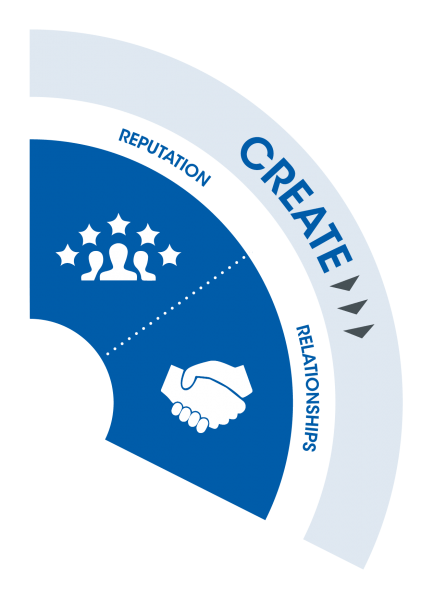Having spent many years training professionals on how to sell, we’ve learned what really works and what doesn’t. Here are some common barriers to successful business development (BD) training and strategies that truly make a difference.
Barriers to Effective BD Training
- Time Constraints
Professionals, whether engineers, consultants, or lawyers, are often bright, busy individuals who struggle to find time for training. They sell their expertise, making every minute valuable. This focus on billable hours leaves little room for professional development.
- Fear of Selling
“If I wanted to be a salesperson, I wouldn’t have chosen this career” is a sentiment we hear often. Many professionals find selling awkward or even “grubby.” They recognize its necessity but feel uncomfortable with the idea of persuading people to buy from them.
- Ingrained Habits
“You can’t teach old dogs new tricks” is another common refrain. Many believe that simply doing a good job should naturally lead to more work. While quality is important, it alone doesn’t provide a competitive advantage in today’s market.
What Really Works
Given these barriers, here are strategies that can make BD training effective:
- Engage Participants in Training Design
Involve your target audience in the creation of the training program. People are more invested in something they’ve helped create. Hold brainstorming sessions with representatives to understand their struggles and potential pay-offs if these issues were addressed.
- Use Metrics to Measure Success
“What can be measured can be improved.” Define clear success metrics, such as more new client meetings, increased joint meetings with colleagues from different departments, higher event attendance, more instructions, etc.
- Develop an Internal Marketing Plan
Promote the training internally with a message that resonates. Instead of trying to turn professionals into salespeople, emphasize that the goal is to equip them with the skills, tools, and confidence to win more of the right kind of work.
- Incorporate Simulation Exercises
One of the best ways to apply training in the workplace is through simulated client meetings. By immersing participants in realistic scenarios, you engage the emotional side of their brains and build confidence.
- Implement Course Follow-Up
Engage with your group of internal designers after the course to get feedback and understand application levels. Consider using mentors and coaches to help those with specific challenges.
- Revisit Training Within 3 Months
Seek feedback from participants within three months. Ask what they are using, what is helping, and what results they have achieved. This reinforces learning and shows commitment to their development.
- Measure Results and Celebrate Success
If your systems allow, track the results and celebrate successes. Recognising achievements not only motivates participants but also demonstrates the tangible benefits of the training program.
By addressing these barriers and implementing these strategies, BD training can become a powerful tool for professionals and technical experts, enabling them to win more work and drive sustainable growth for their organisations.





 We are a business development consultancy which is passionate about helping our clients develop processes, skills and behaviours that will result in increased sales and improved margins.
We are a business development consultancy which is passionate about helping our clients develop processes, skills and behaviours that will result in increased sales and improved margins. 

